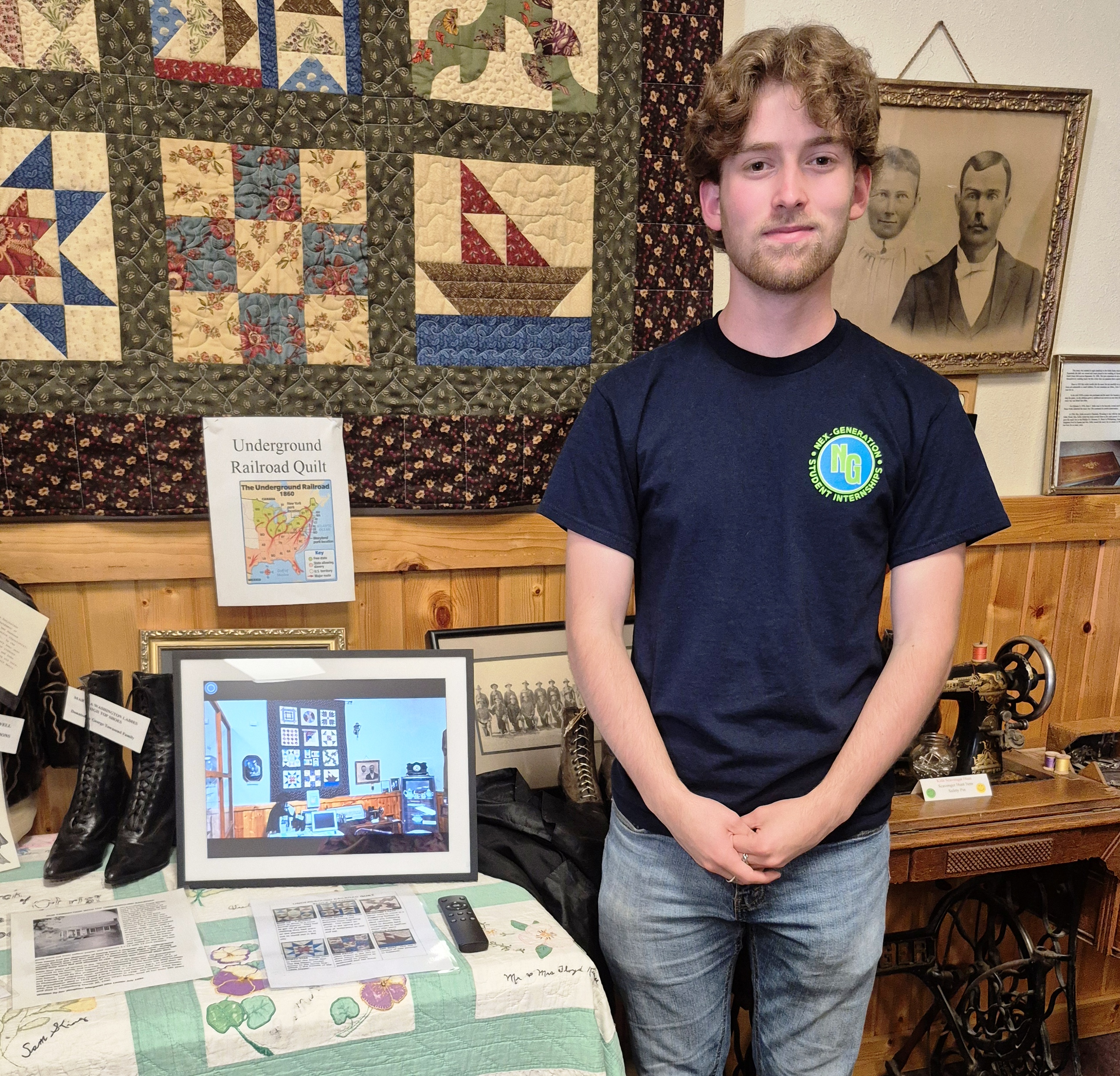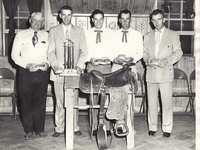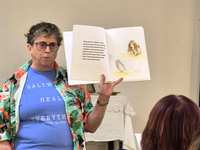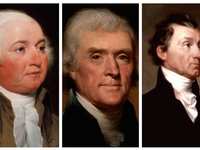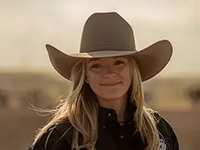- Sections :
- More
Bissell Buzz - August 6, 2025
Bissell Buzz
Nothing probably screams cowboy more than rodeo get togethers. Cowboy fashion is one of the most enduring and recognizable styles in American history. Rooted in practicality and forged in the rugged landscapes of the American West, the cowboy’s clothing evolved not only to meet the demands of a tough, outdoor lifestyle, but also to become a symbol of independence, masculinity, and Americana. Over the decades, what began as functional gear has transformed into a cultural statement embraced by everyone from ranch hands to runway models.
After the Civil War, many American settlers ventured west and realized their low-heeled shoes and thick clothing were not suitable for the western climate. Every item in the traditional in the cowboy’s outfit has a purpose. It was not just a random style thrown together, but carefully designed for working outdoors.
The boots, a staple of Western wear, were first created in Coffeyville, Kansas in the early 1870s. As the cattle industry expanded across the west, the demand for durable boots increased. In Texas, the cowboy boot began to take shape in popular culture, combining elements from the Mexican boots and influences from European styles. The design featured a high, angled heel to prevent the foot from slipping through the stirrup, a pointed toe to facilitate easy insertion into the stirrup, and a tall shaft for protection from brush, snakes, and other hazards.
Around the same time, a Nevada-based tailor named Jacob W. Davis asked Levi Strauss for a patent for small copper rivets to reinforce the seams and pockets of his waist-high overalls. Strauss saw the potential profit off the rivets and decided to partner with Davis, first working with hemp sailcloth before moving to cotton serge de Nimes–widely known today as denim. Thus, jeans were born. Wrangler jeans were introduced in 1947 by Blue Bell, a company with roots in workwear manufacturing. Blue Bell acquired the Casey Jones Company and its Wrangler brand name in 1943, and later developed the first Wrangler jeans specifically for rodeo use with the help of tailor Rodeo Ben.
Cowboy shirts too were designed for functionality, with features like long sleeves, reinforced stitching, and chest pockets for the harsh conditions of the frontier. Over time, influenced by Mexican vaqueros and Wild West shows, the shirts incorporated decorative elements like embroidery and snap buttons, transforming them into a form of personal expression and a symbol of the cowboy lifestyle. The snaps are also a “breakaway” safety feature in case a cowboy's shirt snags on a fence, saddle horn, or some other random object.
No cowboy outfit would be complete without accessories; the west’s sweltering heat and intense sunshine made hats a necessity. American settlers took notes from Mexican vaqueros (Spanish for “cowboy”) when hatmaker John B. Stetson reimagined the Mexican sombrero hat, creating a smaller version that would still protect users from the sun.
Additionally, cowboys used bandanas made from cotton to protect their faces from dust and to cover their mouths in harsh conditions. Chaps, the leather leg coverings worn over trousers, protect the wearer from both brush and saddle wear.
Leather belts with large buckles with intricate designs embody the essence of classic western style, typically featuring motifs like western landscapes, horses, cattle, or Native American symbols. Ornate buckles have also become coveted prizes in many of the rodeo events and some successful riders have so many, they proudly store them in display cabinets.
For a long time, Western wear was only worn for utility, with farmers and settlers adopting the fashion to protect themselves from the harsh elements of the rugged frontier and allow for more worker productivity. Today it’s not only traditional cowboys that don the outfits. Western movies influenced the fashion scene and today it is popular for non-cowboy men, women and children alike. Long live the cowboy culture and their clothing!
On Saturday, just as we were closing, visitors from Texas came in and enquired about a cabin originally situated in Woodruff. Cheryl Lowry (born Miller) told us that she grew up close to the cabin’s original location and would often dig in the dirt and often found things like children’s china tea set items. According to her the cabin was in a bad state and she can’t recall it even having a roof before it was finally moved. She was filled with wonder to actually stand in it again after a bit over six decades.
We also had to say goodbye to our summer intern, James Kraushaar. His presence however will still be felt and heard in the videos on our digital photo frames which are now part of every building. We wish him well with his studies and future career.
As always, we look forward to seeing you at the Fort. A reminder of our hours:
Tuesday to Friday 9am to 4pm
Saturdays 9am to 2pm
Ruby Wiehman – Curator
